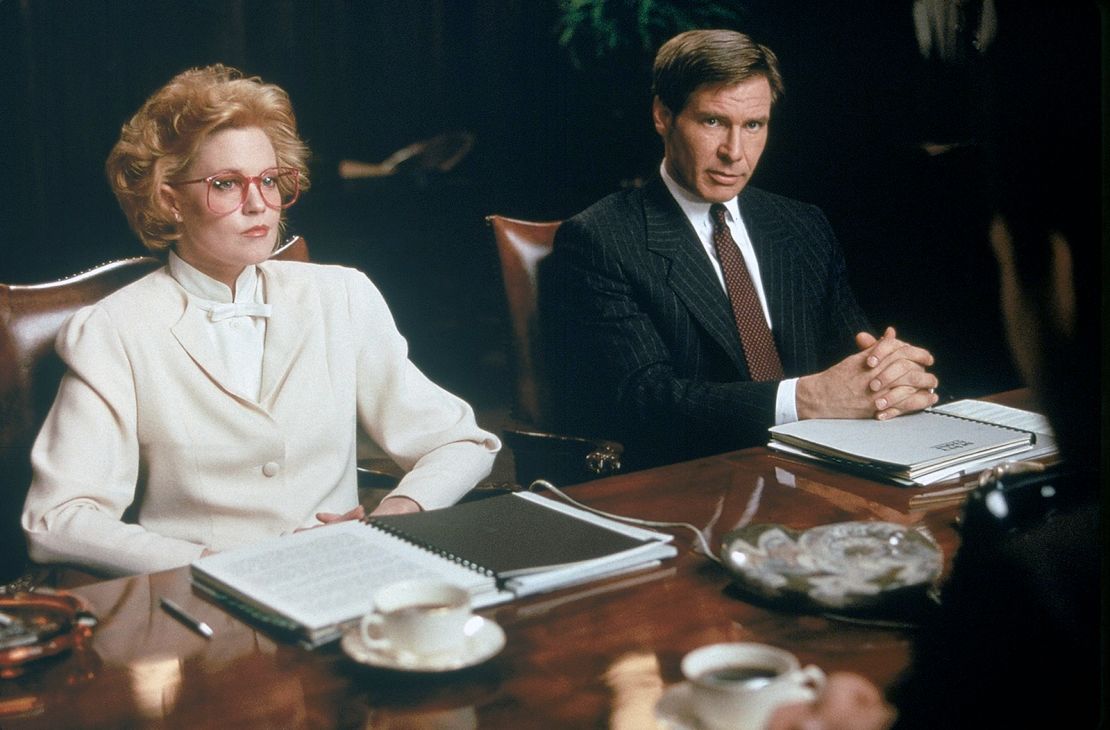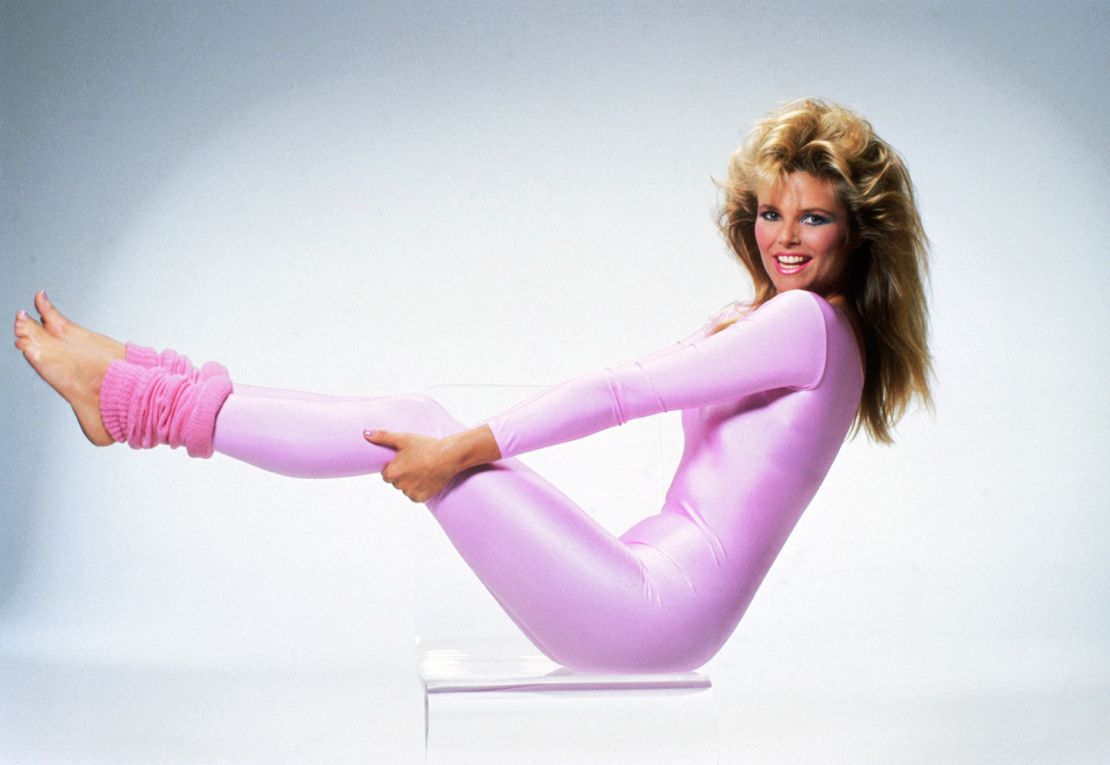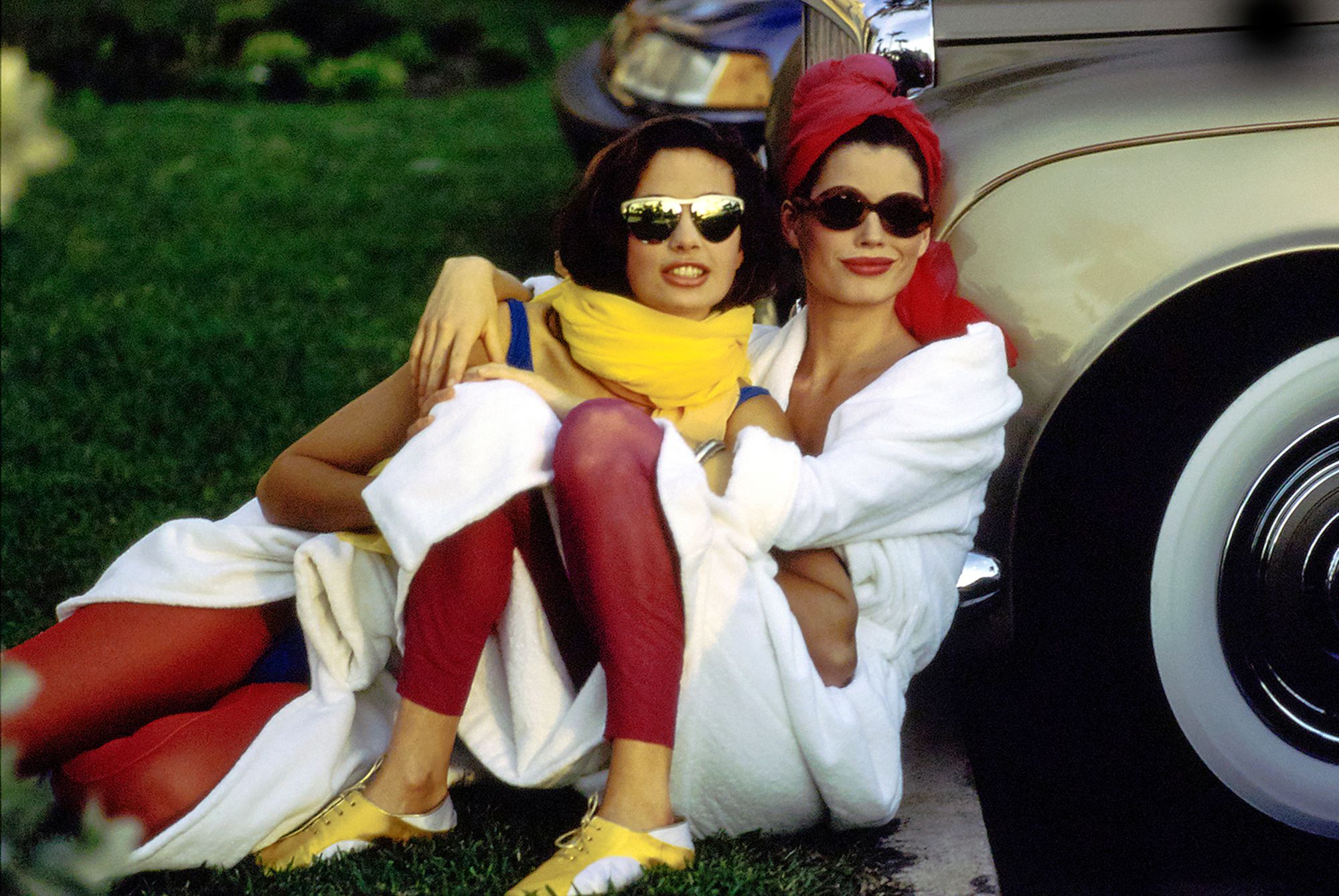The 1980s was possibly the boldest decade in modern fashion history, a magical era of over-the-top silhouettes, teased perms and saturated colors. They were the years of puffed shoulders and power suits, flashy skirts and spandex leggings, velour, leg warmers and voluminous parachute pants.
Before the stock market crash of 1987, the world was getting richer and our wardrobes filled with overt displays of wealth: Christian Lacroix’s bold, theatrical designs, Azzadine Alaia’s figure-clinging dresses and Thierry Mugler’s angular shoulders.
Japanese designers like Yohji Yamamoto, Issey Miyake and Comme de Garcons’ Rei Kawakubo embodied a new cool, adding sculptural shapes into the mix. They became coveted names among tastemakers and played a major role in defining black as the ultimate “it” color. As Yamamoto once said, “Black can swallow light, or make things look sharp. But above all black says this: ‘I don’t bother you – don’t bother me!”’

Many ’80s trends have resurfaced in recent seasons – both on and off the runway: Marc Jacobs inflated shoulders, Gucci brought back glitter and Tom Ford and JW Anderson added feathers to their ensembles. Celine, Louis Vuitton and Max Mara are a few of the many brands that have reimagined the power suit. And neon, it seems, is just as popular as ever.
Love them or loathe them, these trends are a clear sign that we’re still obsessed with the ’80s.
Yuppies, punks and party queens
Eclecticism dominated much of the decade. The punk-rock aesthetic of the late ’70s – oversized leather sets, skin-tight trousers and lace – continued to evolve and was honed on stage by Madonna, Annie Lennox and Boy George.
Why we're still obsessed with '80s fashion
Vivienne Westwood also incorporated it into her early collections, including her 1981 debut catwalk show, “Pirate to the 1982 Buffalo Girls/Nostalgia of Mud,” and “Punkature” in 1983, which featured distressed, recycled-looking “hillbilly” garments.
Political fashion was also part of the landscape. British designer Katharine Hamnett’s T-shirts, which bore slogans like “Choose Life” and “58% Don’t Want Pershing,” were reflective of the era’s social issues.
Then there were yuppies, an acronym for “young urban professionals,” who championed showy materialism, in the form of designer labels, gold watches, swanky New York City penthouses and BMWs.
The entertainment world reflected these upwardly-mobile nouveaux riches in movies like Oliver Stone’s “Wall Street” and “Bright Lights, Big City,” a 1988 drama based on the eponymous novel by Jay McInerney.
Fashion gave them a wardrobe by way of oversized blazers with shiny buttons, pinstripe two-pieces and sweaters draped over the shoulders, preferably from Ralph Lauren.
Women aiming to break workplace glass ceilings embraced power suits and exaggerated silhouettes that gave the appearance of upside-down triangles, demanding attention in any room.
In the 1988 comedy “Working Girl,” Melanie Griffiths’ character Tess McGill best personified the look – and the battle for women to get ahead – with her big-shouldered, tailored jackets.

Bigger, brighter
Away from stock portfolios and expensive properties, ’80s styling had an “anything goes” attitude.
Brightly-colored, chunky accessories like plastic hoop earrings, rubber bracelets and shiny chain necklaces were a necessity, all the more so once they were sported by Cyndi Lauper and Salt-N-Pepa.

That same OTT palette defined makeup. In a radical departure from the natural style of the previous decade, deep red or glossy pink lips, overly filled-in brows, rainbow-colored eyeshadows and exaggerated blush were the biggest beauty trends, and were often paired with crimped or permed hair.
Patchwork and acid-washed denim were very much a thing, as were ruffles and off-the-shoulder dresses. Loud prints, mom jeans and “Top Gun”-inspired bomber jackets were everywhere too.
The ’80s was fitness-obsessed, and leggings, sweatbands and stirrups became regular wardrobe fixtures due to the popularity of Jazzercize and workout videos.

Racquetball and aerobics legend Richard Simmons made short-shorts and skinny tank tops a look. And, movies like “Footloose,” “Flashdance,” “Staying Alive” and “Dirty Dancing” made it perfectly acceptable to burst into seemingly spontaneous dance routines. (We were already wearing legwarmers, so why not?)
Icons and logos
Labels, logos and idols helped propel the ’80s into the statement-making era we now remember it as.
Everyone wanted a pair of Ray-Ban Wayfarers, especially after a young Tom Cruise wore them in 1983’s “Risky Business.” Clever product placement also did wonders for Calvin Klein, whose underwear made it into Marty McFly’s closet in “Back to the Future.”
Our feet also presented another branding opportunity. Every kid in the world seemed to want a pair of Nike’s Air Jordans, after Michael Jordan debuted them on court. (In May, a signed copy of Air Jordans from 1985 sold for more than half a million dollars, an auction record for a pair of sneakers). High-top Reebok sneakers were also the pinnacle of style – as were Adidas Superstar kicks and matching tracksuits.
Guess, Benetton, Levi’s, Tommy Hilfiger and Lacoste were all must-have labels. Different brands denoted which tribe you were in, but for the most part it was to each their own.

It’s the sheer diversity of status symbols, sartorial choices and style icons that has made the ’80s a time we still recall, mostly, with fondness. The playfulness and “more is more” glamour were simply too fun to forget.
Top image caption: Models Fabienne Terwinghe and Carre Otis pose for a Vogue shoot in February 1989 in Palm Beach, Florida.







